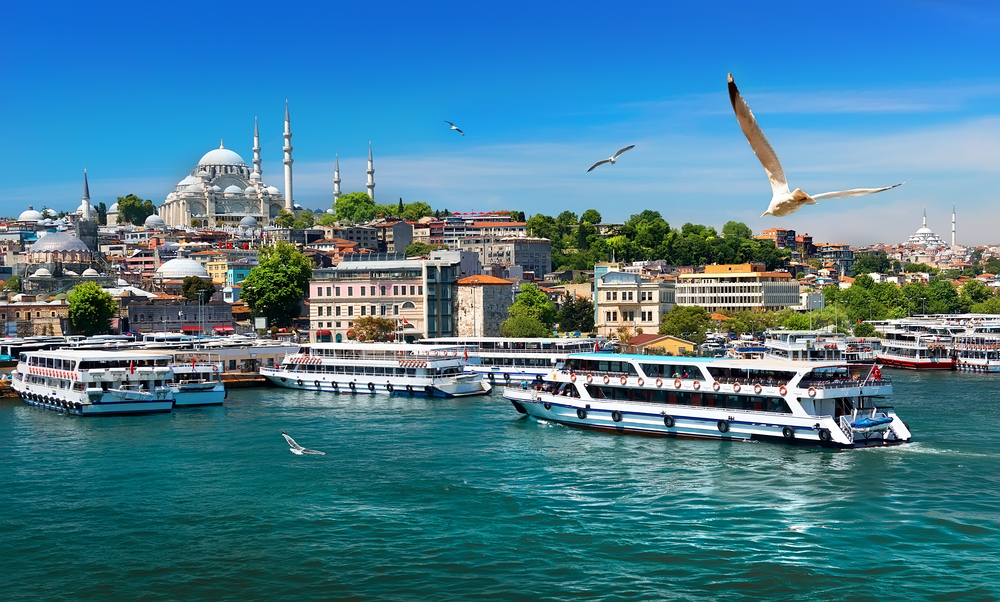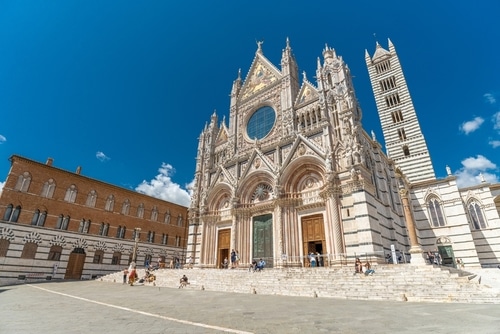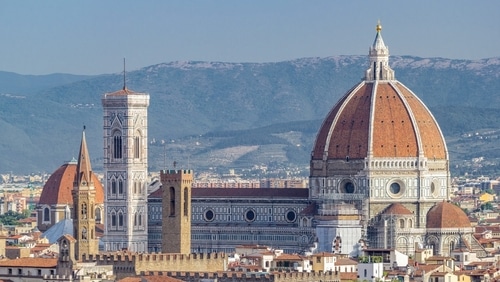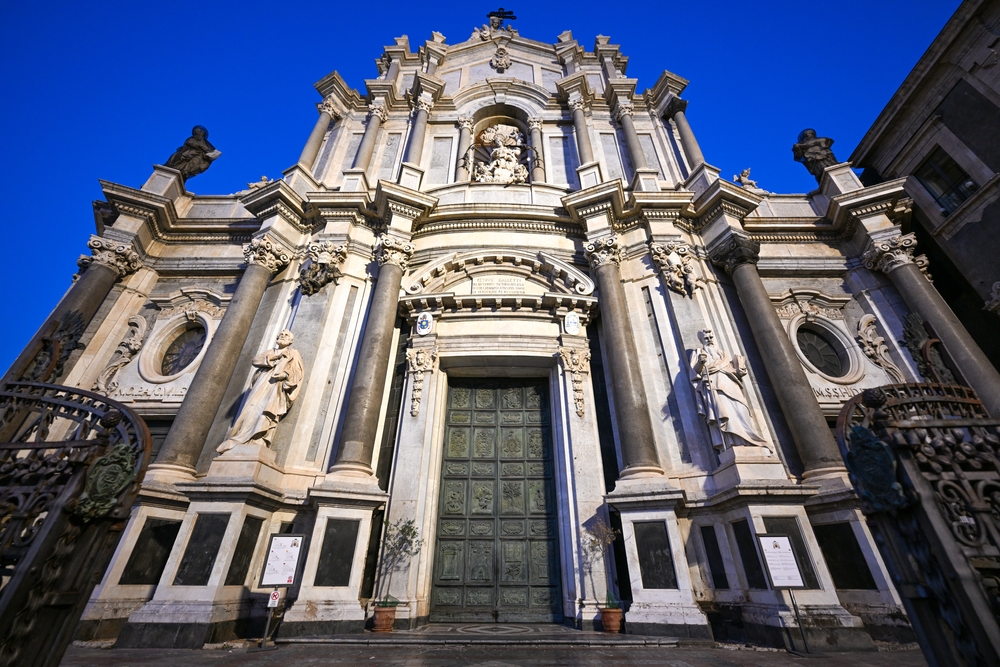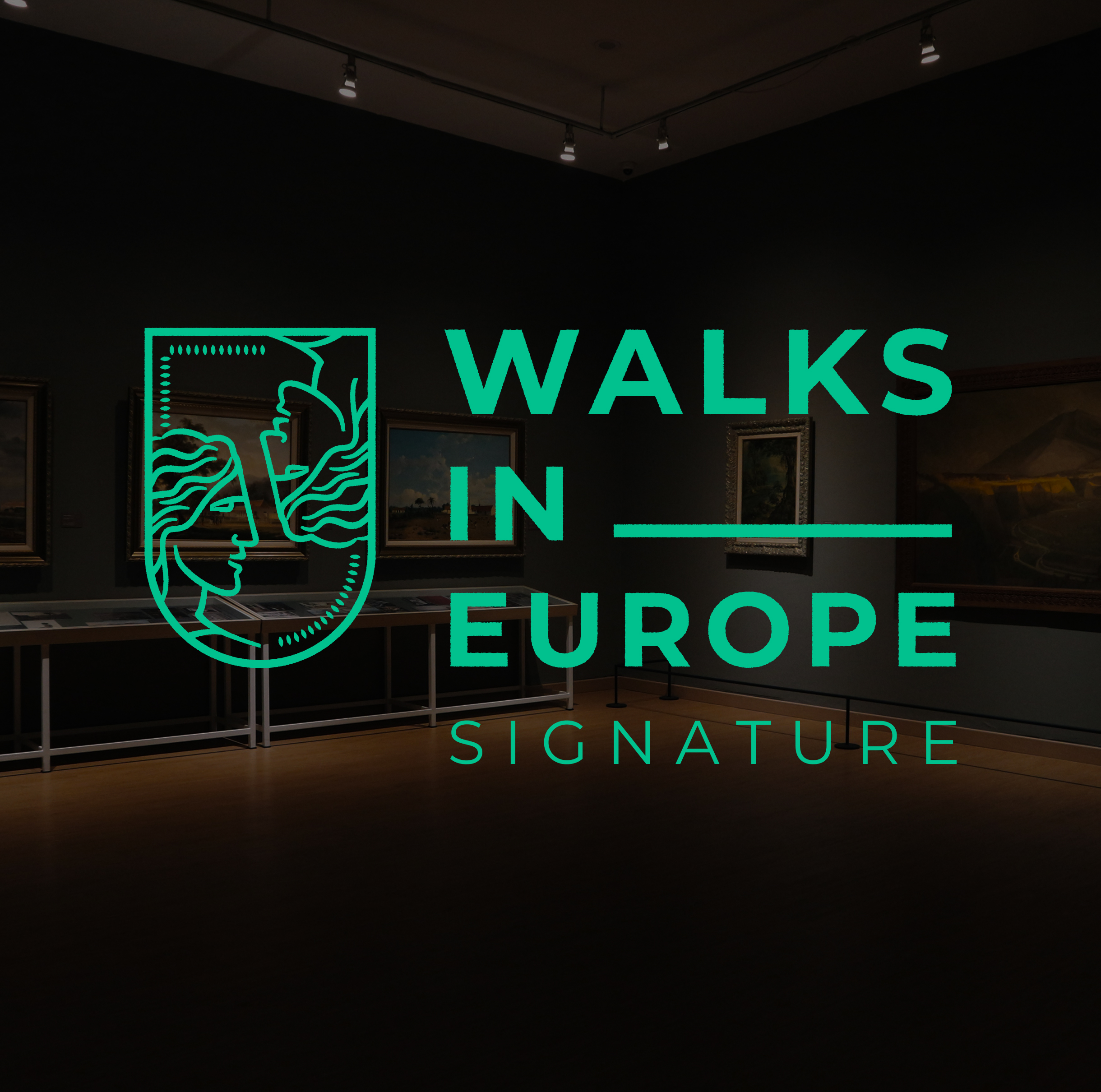When most travelers think of Istanbul, they picture the domes of the Blue Mosque, the mosaics of Hagia Sophia, and the bustling stalls of the Grand Bazaar. These landmarks are unforgettable, but they show only one side of the city. Away from the busiest attractions lie neighborhoods where history feels alive, colors burst from every corner, and the rhythm of local life beats strong.
Fener, Balat, and the Golden Horn form a triangle of culture, tradition, and charm. These neighborhoods hold centuries of stories, layered in architecture, food, and daily rituals. If you want to see the city beyond its famous monuments, you need to walk these streets.
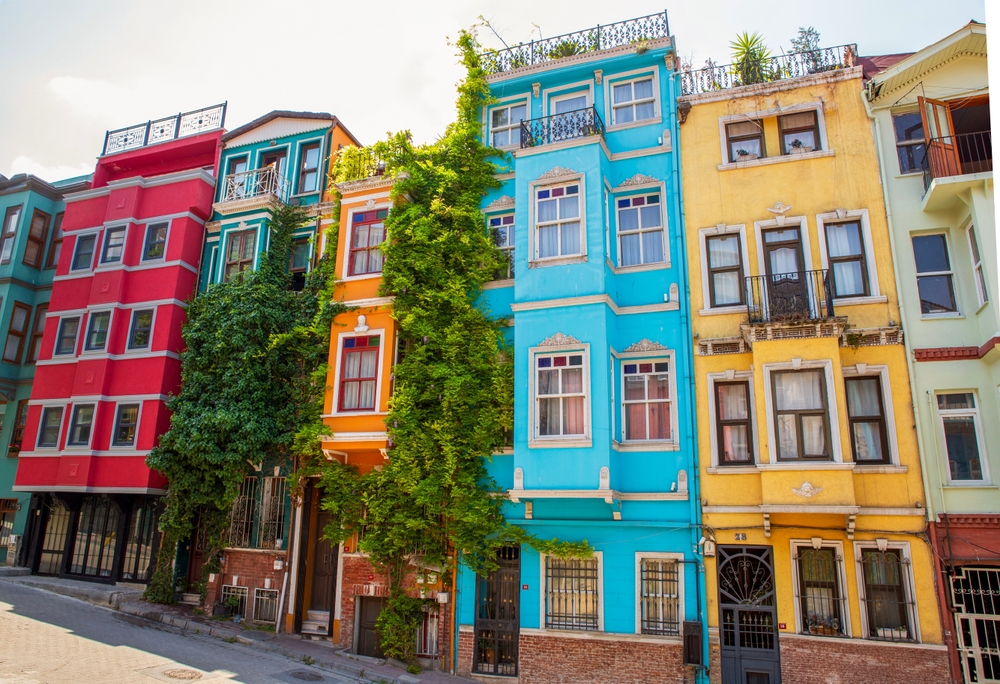
Fener – A Byzantine and Greek Legacy
Fener’s story stretches back to the Byzantine Empire. Narrow cobblestone streets twist through rows of pastel-painted wooden houses, many over a century old. Each building has a personality — carved balconies, ornate window frames, and brightly painted shutters that stand out against weathered walls.
The most important landmark here is the Ecumenical Patriarchate of Constantinople, the spiritual heart of the Eastern Orthodox Church. Pilgrims still come to worship, and the quiet courtyards echo with centuries of religious tradition. Nearby, the red-bricked Phanar Greek Orthodox College towers above the neighborhood. Its grand, fortress-like architecture makes it one of the most photographed buildings in Istanbul.
Life in Fener feels timeless. Elderly men play backgammon in front of teahouses, children race along the uneven streets, and the smell of fresh simit (sesame bread rings) drifts through the air. This is a place to slow down, sip Turkish coffee, and feel the weight of history in every stone.
Pro Tip: Visit in the morning – You’ll enjoy quieter streets and better light for photos.
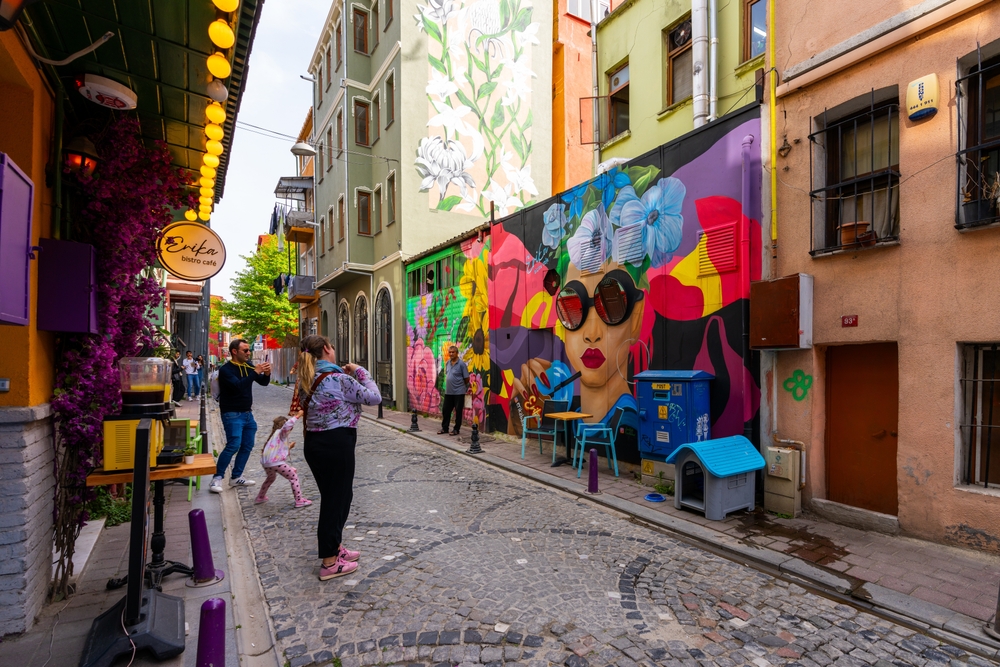
Balat – Colors, Culture, and Community
A short walk from Fener brings you into Balat, and the change in atmosphere is immediate. Balat bursts with color. Rows of houses painted in bright yellows, greens, blues, and pinks rise along steep hills. Flowerpots hang from balconies, and cats lounge in sunlit doorways. Every corner begs for a photograph.
Historically, Balat was home to Istanbul’s Jewish community. The district still preserves synagogues alongside Armenian churches and Ottoman mosques, showing the cultural mix that defined this area for centuries. Today, Balat feels like a hub for creativity. Local artists have turned old workshops into galleries, and vintage shops display everything from Ottoman tea sets to retro vinyl records.
Cafés line the narrow streets, many with mismatched furniture and menus handwritten in chalk. You can spend an entire afternoon here wandering between coffee houses, small bakeries, and art studios. Don’t miss the chance to try a traditional borek or sip freshly squeezed pomegranate juice from a street vendor.
Balat also offers some of the most authentic street photography opportunities in Istanbul. Locals greet you with warm smiles, and shop owners often invite curious visitors inside for tea. This mix of history, artistry, and genuine hospitality makes Balat unforgettable.
Pro Tip: Taste local specialties – Try simit in Fener, borek in Balat, and Turkish tea along the Golden Horn.
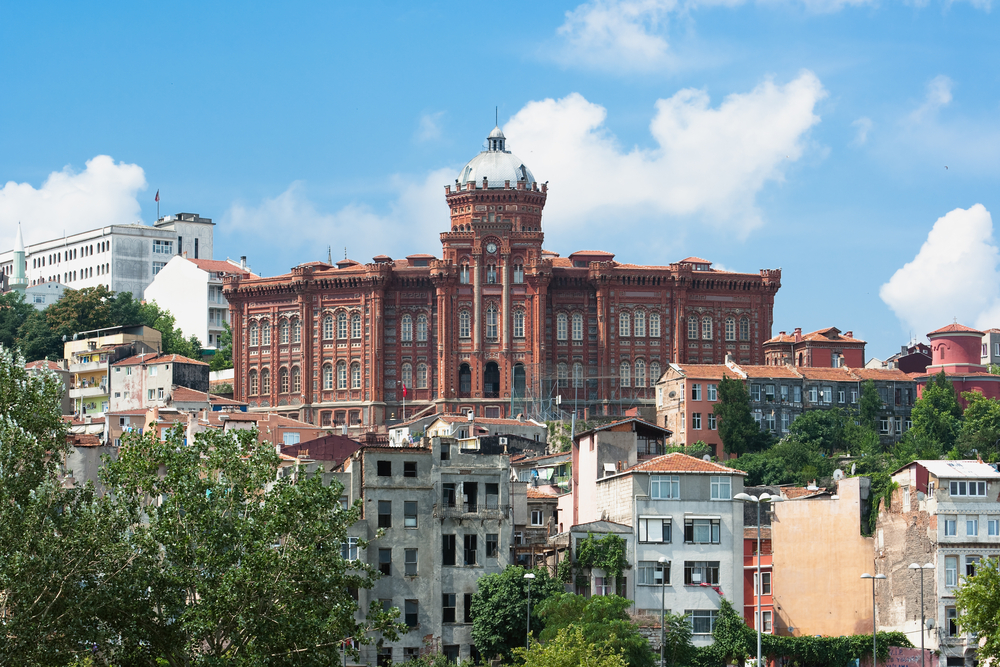
Golden Horn – The Lifeline of Old Istanbul
The Golden Horn is not just a body of water — it’s a living piece of Istanbul’s history. This natural harbor shaped the city for over two thousand years, serving as the economic and cultural heart of the Byzantine and Ottoman empires. Merchants once unloaded spices, silk, and jewels along its docks, filling the markets with treasures from across the world.
Today, the Golden Horn’s shoreline offers one of the most beautiful walks in the city. You pass Ottoman mosques with graceful minarets, leafy parks where families picnic, and old shipyards where the scent of the sea mingles with the sound of hammering metal.
The district also holds fascinating landmarks like the Eyüp Sultan Mosque, one of the most sacred sites in Istanbul, and Pierre Loti Hill, which offers panoramic views over the Golden Horn. At sunset, the water reflects the city’s skyline in shades of gold and rose, creating a view that feels almost unreal.
Pro Tip: Wear comfortable shoes – The streets are hilly and cobblestoned, so walking can be uneven.
Why These Districts Matter
While central Istanbul grows busier every year, Fener, Balat, and the Golden Horn remain places where the city’s true heart beats. These neighborhoods preserve the small details — laundry lines strung between buildings, bakers pulling fresh loaves from wood-fired ovens, fishermen chatting as they mend their nets.
You can explore these districts on your own, but a local guide transforms the experience. They reveal hidden courtyards, tell the stories behind each building, and introduce you to the people who keep traditions alive.
Our Private Guided Walk Along Fener, Balat, and the Golden Horn takes you deep into these neighborhoods, uncovering details most visitors never notice. You’ll see the history, taste the culture, and experience Istanbul with the insight of someone who calls it home.
Book today and step into a side of Istanbul that stays with you long after you leave.

